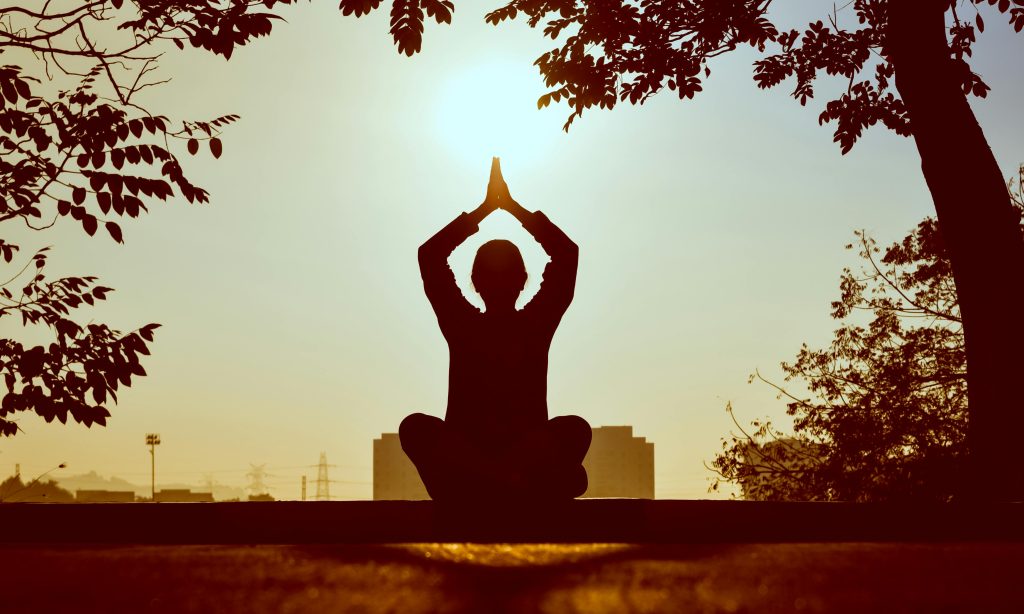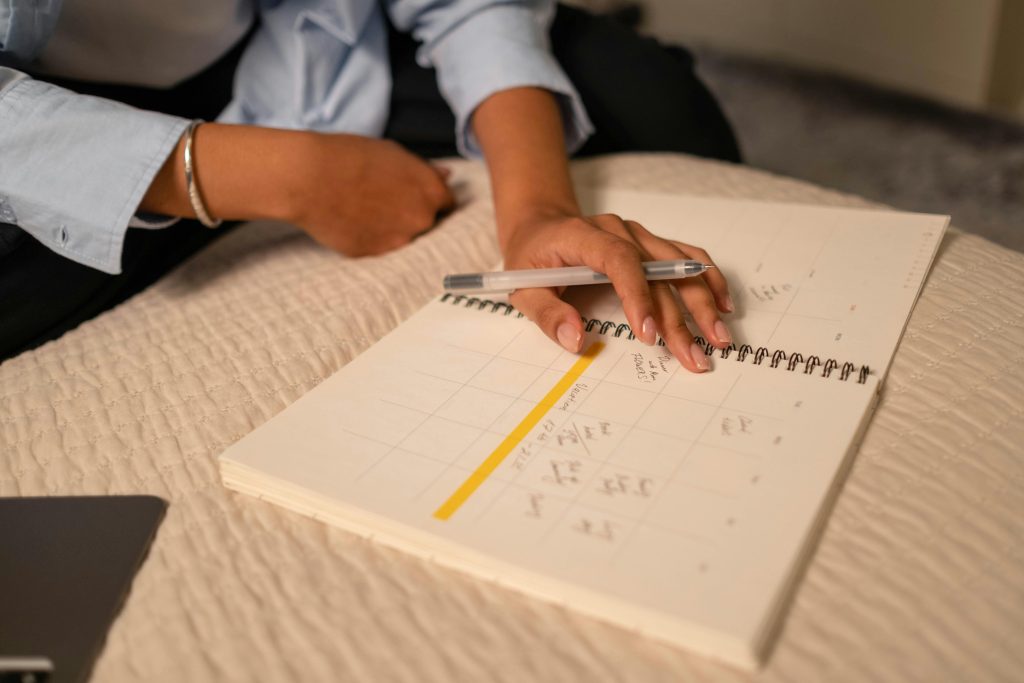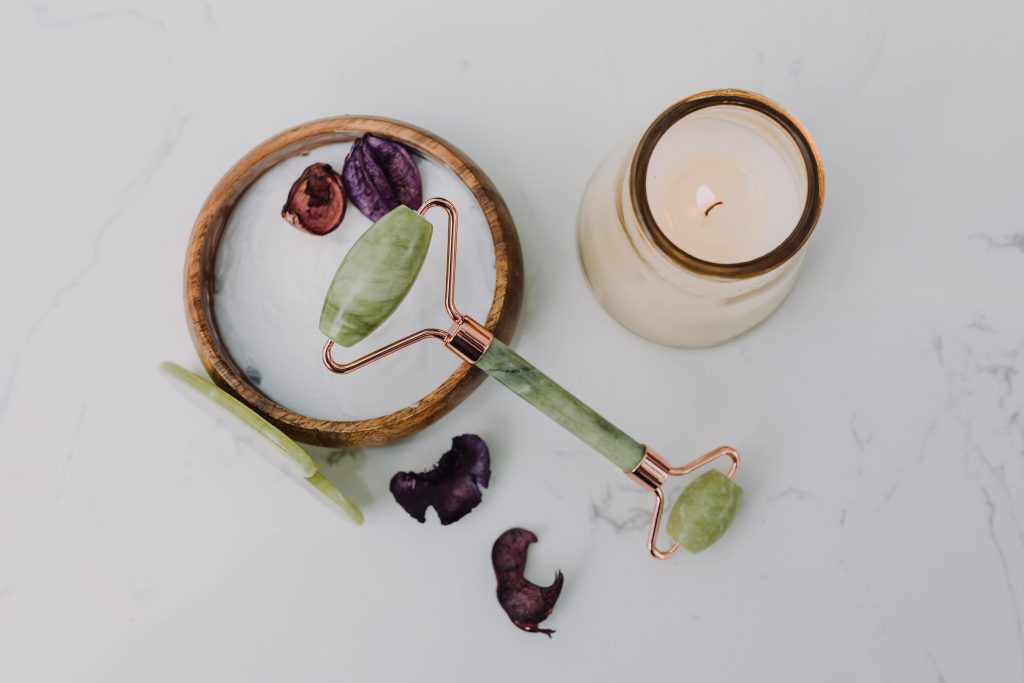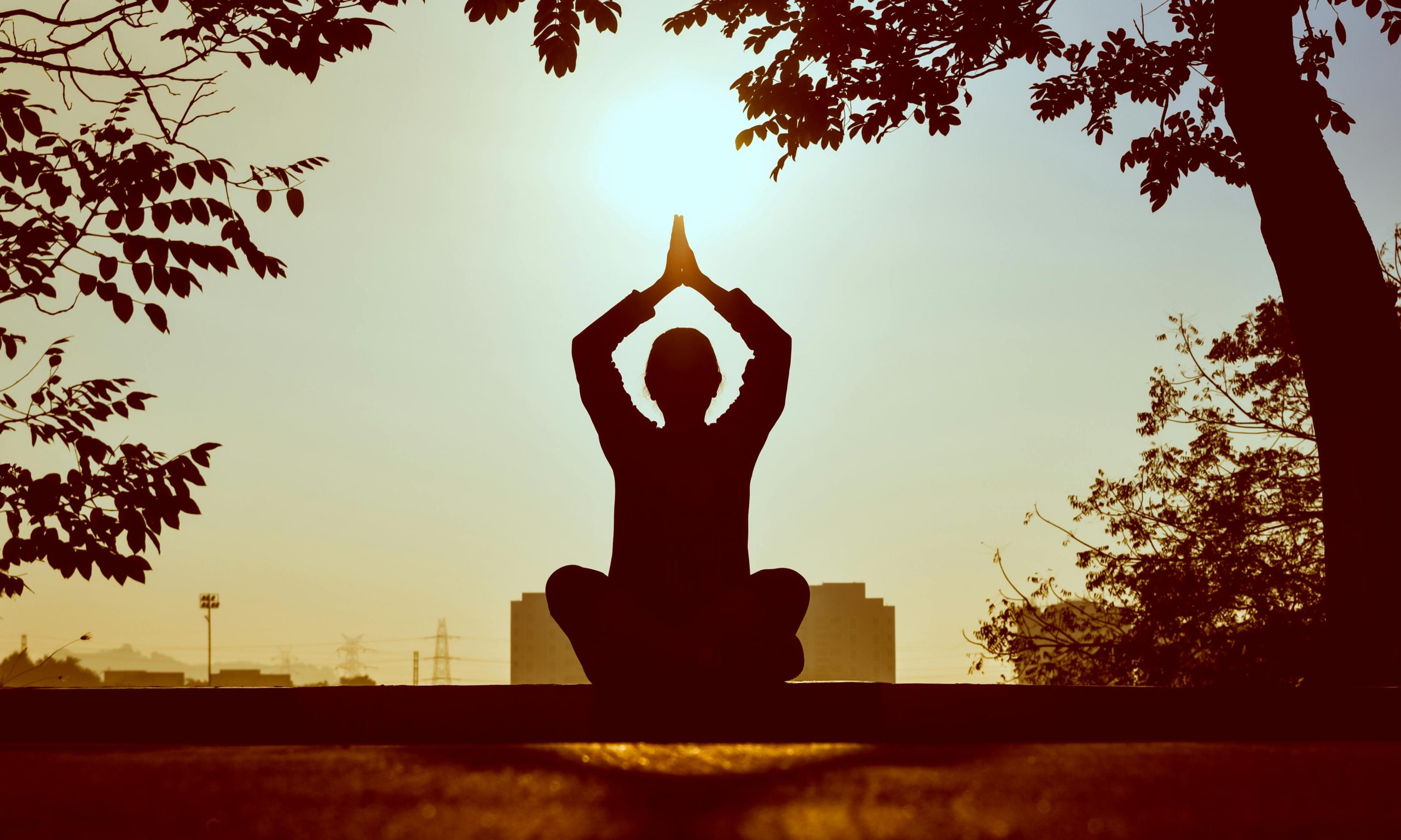Introduction
In a world filled with constant distractions, information overload, and endless to-do lists, mindfulness offers a powerful way to regain focus, reduce stress, and cultivate a deeper sense of well-being. The beauty of mindfulness is that it doesn’t require special equipment, expensive classes, or hours of free time. Anyone can begin a daily mindfulness practice with just a few simple steps.
In this article, we’ll walk through exactly how to start a daily mindfulness practice, explain its benefits, and offer practical tips to help you stay consistent and make mindfulness a natural part of your everyday life.
What Is Mindfulness?
Mindfulness is the practice of intentionally paying attention to the present moment, with an attitude of openness, curiosity, and non-judgment. It involves bringing awareness to your thoughts, feelings, sensations, and surroundings as they are, rather than getting caught up in worries about the past or future.

Mindfulness is not about stopping your thoughts or achieving a special state of mind. It’s about noticing whatever arises, allowing it to be, and gently returning your focus to the present.
Benefits of Daily Mindfulness
- Reduces stress and anxiety
- Improves focus and concentration
- Enhances emotional regulation
- Supports better sleep
- Strengthens relationships and empathy
- Boosts overall well-being and life satisfaction
Numerous scientific studies have confirmed that even short daily mindfulness practices can lead to measurable physical and mental health improvements.
Step 1: Set a Clear Intention
Before you begin, define why you want to practice mindfulness. Your reason could be:
- Reducing stress
- Improving focus
- Becoming more present with family and friends
- Managing anxiety
- Cultivating gratitude and joy
Having a clear intention helps motivate you and gives your practice direction.

Step 2: Start Small and Manageable
One of the biggest mistakes beginners make is trying to do too much too soon. Start small to build consistency.
Recommended starting point:
- 5 minutes per day
- Gradually increase to 10, 15, or 20 minutes as you become more comfortable
The goal is consistency, not perfection. A short, daily practice is far more effective than sporadic long sessions.
Step 3: Choose a Time and Place
Pick a regular time that fits easily into your routine:
- First thing in the morning to start your day with clarity
- During a lunch break to reset and refocus
- Before bedtime to promote relaxation and better sleep
Choose a quiet, comfortable place where you’re unlikely to be interrupted. It doesn’t need to be elaborate—a chair, cushion, or even your bed can work.
Step 4: Pick a Mindfulness Technique
There are many ways to practice mindfulness. Start with one that feels approachable to you.
1. Mindful Breathing
- Sit comfortably and bring attention to your breath.
- Notice the sensation of air entering and leaving your body.
- When your mind wanders, gently bring it back to your breath.
2. Body Scan
- Slowly bring attention to different parts of your body.
- Notice sensations, tension, or relaxation without judgment.
3. Mindful Walking
- Walk slowly, paying attention to each step, your breathing, and your surroundings.
4. Mindful Eating
- Eat slowly, focusing on taste, texture, and smell.
- Notice each bite fully before moving on to the next.
5. Guided Meditations
- Use apps or recordings to guide your practice and keep you focused.
Step 5: Use Mindfulness Apps or Tools
If you’re new to mindfulness, using a guided app can be extremely helpful. Popular apps include:
- Headspace
- Calm
- Insight Timer
- Ten Percent Happier
- Simple Habit
These apps offer structured programs, guided meditations, reminders, and tracking features to help you stay on track.

6: Expect Distractions and Gently Refocus
Distractions are a normal part of mindfulness practice. Your mind will wander. The key is not to judge yourself or get frustrated.
When you notice your attention drifting:
- Acknowledge the distraction.
- Gently return your focus to your breath or chosen anchor.
- Repeat as many times as needed.
Every time you refocus, you’re strengthening your mindfulness muscle.
Step 7: Incorporate Mindfulness into Daily Activities
Mindfulness doesn’t have to be limited to formal meditation. Look for opportunities to practice throughout your day:
- While washing dishes
- While brushing your teeth
- During your commute
- While drinking coffee or tea
Simply bring full attention to whatever you’re doing, noticing the sensations, sounds, and movements involved.
Step 8: Track Your Progress
Keeping a simple mindfulness journal can help reinforce your practice:
- Record how long you practiced.
- Note any insights or experiences.
- Reflect on how you feel before and after.
Tracking helps you stay motivated and allows you to notice positive changes over time.
Common Mistakes to Avoid
- Expecting immediate results: Mindfulness is a gradual process.
- Being too self-critical: Distractions are normal.
- Waiting for the “perfect” time: Start now, even if you only have a few minutes.
- Overcomplicating the practice: Keep it simple and accessible.

Conclusion
Starting a daily mindfulness practice doesn’t require complicated routines or long hours of meditation. With clear intention, small consistent steps, and gentle persistence, mindfulness can become a natural part of your daily life. Over time, you’ll experience greater calm, clarity, and resilience as you navigate life’s challenges with greater presence and ease.
Mindfulness is not about achieving a perfect state—it’s about learning to be fully present, one moment at a time.

Leave a Reply